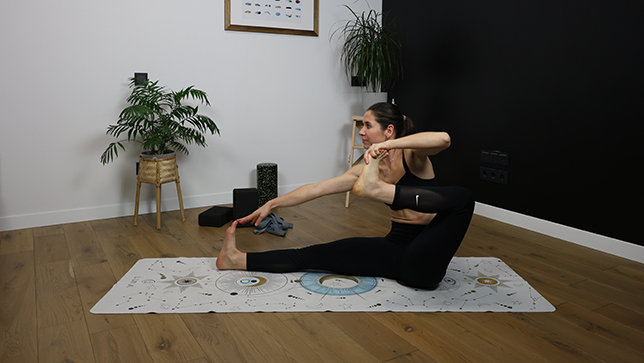
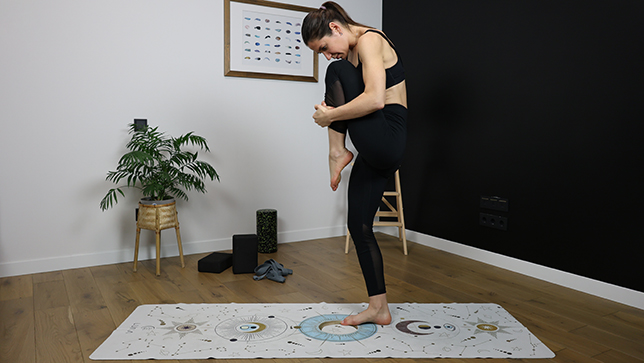
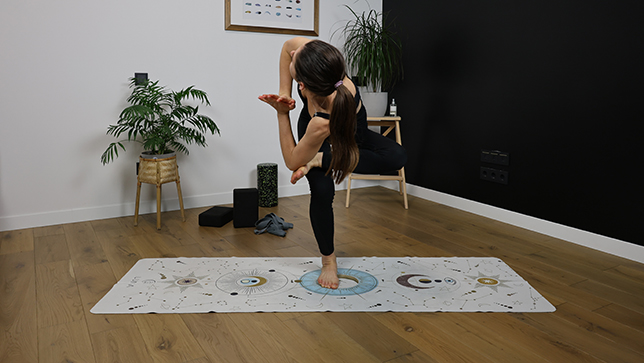
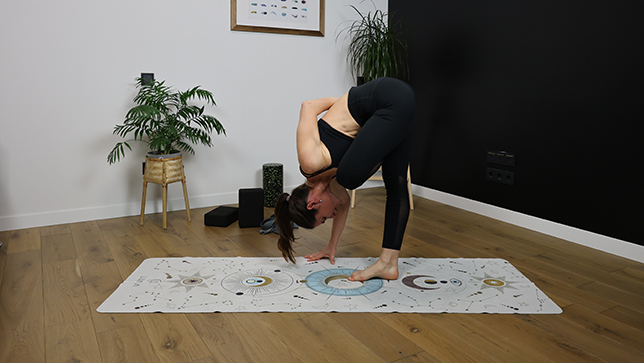
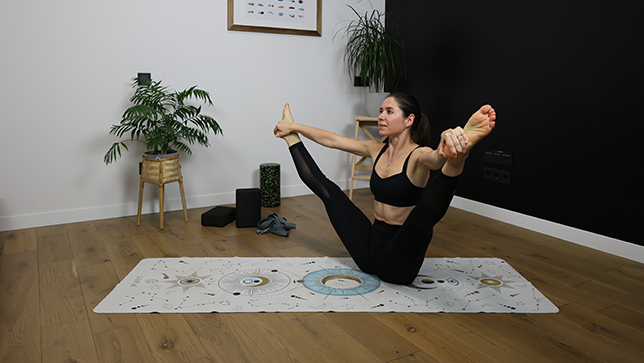
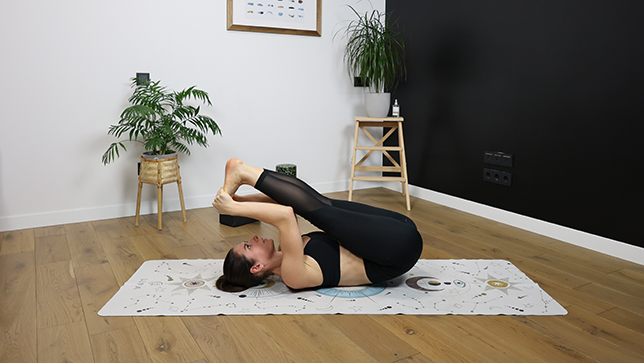
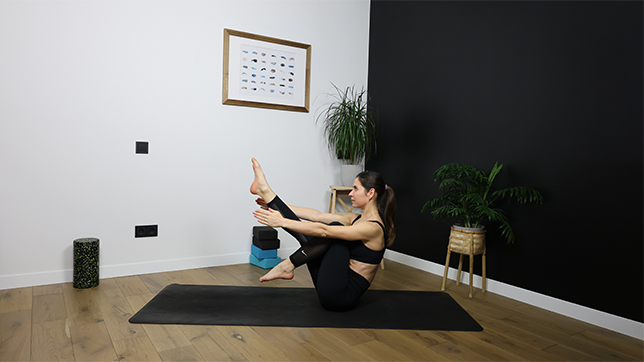
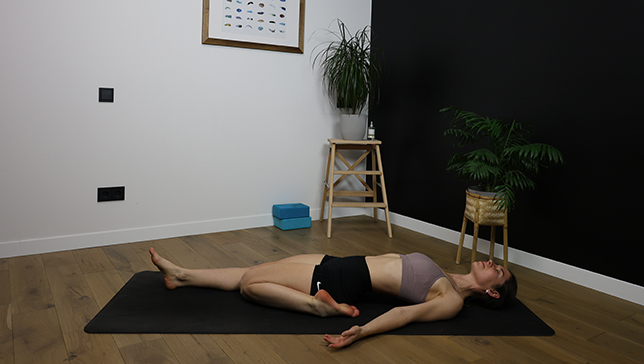
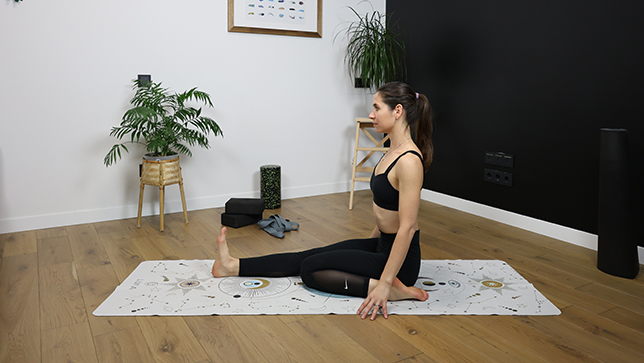
Yoga poses for digestion and bloating are a set of postures specifically aimed at improving and supporting the digestive system's function. These poses help stimulate the organs involved in digestion, reduce bloating, and relieve digestive discomfort.









Stimulates Digestive Organs: Many yoga poses involve gentle compression and stretching of the abdomen, which can stimulate the digestive organs, including the stomach, intestines, and liver. This increased blood flow to the digestive organs helps improve their function.
Overall, yoga creates a harmonious connection between the body and mind, promoting overall well-being, including digestive health. It’s essential to practice yoga regularly, listen to your body’s needs, and maintain a balanced diet to experience the full benefits of yoga for digestion.
Yoga poses for digestion gently massage and stimulate the digestive organs, promoting better digestion and nutrient absorption.
Certain yoga poses help release trapped gas and alleviate bloating, providing relief from digestive discomfort.
Yoga's calming effect on the nervous system supports the "rest and digest" response, aiding in optimal digestion.
Yoga poses that involve forward bends and gentle inversions enhance blood flow to the abdominal area, benefiting digestion.
Practicing yoga encourages mindfulness, leading to more conscious eating habits and improved digestion through slow and attentive eating.
Individuals who have undergone recent abdominal surgery should avoid yoga poses that strain or compress the abdominal area to prevent discomfort and promote proper healing.
Those with severe digestive disorders, such as inflammatory bowel disease (IBD) or gastritis, should avoid intense or deep twisting poses that may exacerbate their condition.
Pregnant individuals should avoid specific yoga poses that put pressure on the belly or involve deep twists, as they may not be suitable during pregnancy.